更新日:2025年2月17日
ここから本文です。
Minoge sightseeing course for enjoying satoyama scenery
湘南地域のモデルコースをご紹介しています。
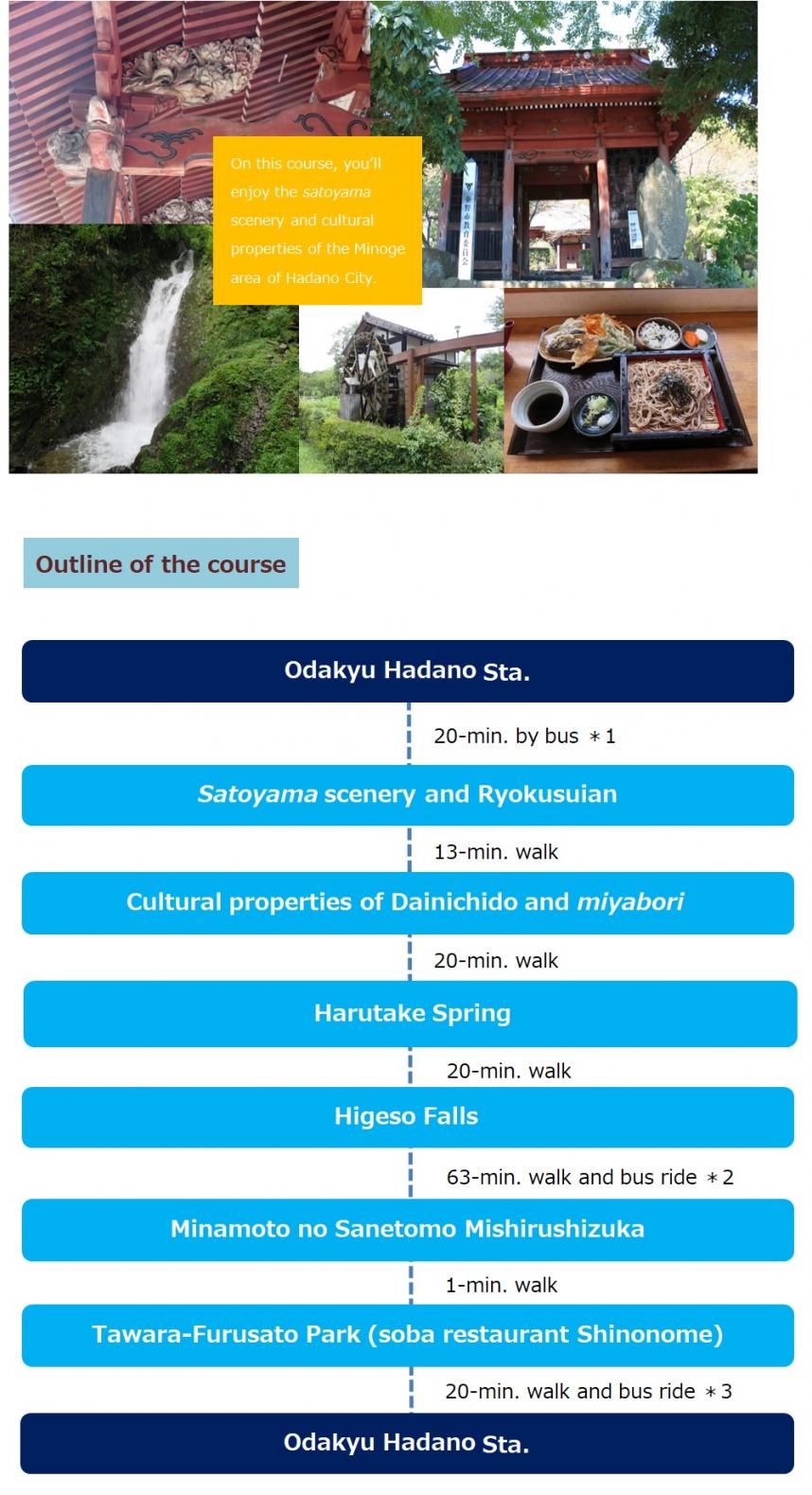
*1 Take 【秦20】 bound for Minoge from Hadano Station for about 20 minutes and get off at Seinenbashi
*2 Take 【秦20】, 【秦26】or 【秦31】 bound for Hadano Station from the Minoge bus stop for about four minutes and get off at Higashi Chugakko-mae (note that frequency of bus service is limited)
*3 Take 【秦23】,【秦26】or 【秦27】 bound for Hadano Station from the Nakaniwa bus stop for about 16 minutes and get off at Hadano Station
*4 The description of this model course is accurate as of July 2018.
Course guide
Odakyu Hadano Station
▼ approx. 20-min. by bus ▼
1.Satoyama scenery and Ryokusuian
This course takes you around the Minoge area of Hadano City where you’ll find satoyama (rural landscape) scenery, precious cultural properties, and rich nature.
The course starts at Hadano Station.
It takes about 20 minutes by bus to get to Ryokusuian in Minoge from Hadano Station.
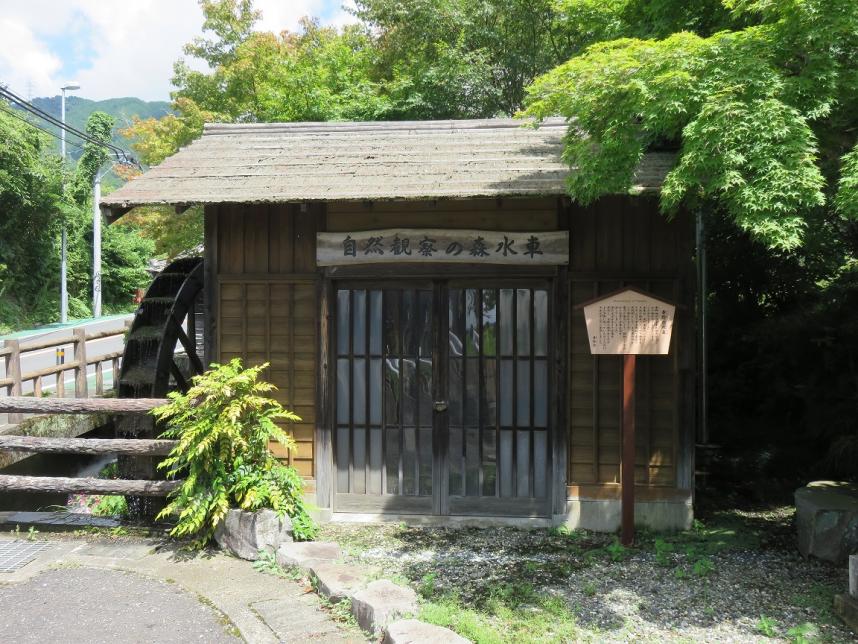 (walter mill)
(walter mill)
The first thing that comes into view near the Seinenbashi bus stop is a water mill. In the past, there were waterwheels in each area of Hadano City.
Used for cleaning rice and barley and grinding buckwheat flour (Hadano City is the biggest buckwheat production area in the prefecture), they were essential to life in Hadano.
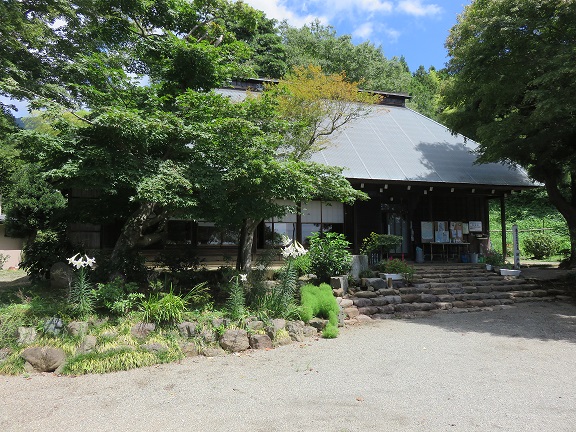 (Ryokusuian)
(Ryokusuian)
You’ll find Ryokusuian behind the water mill.
Ryokusuian is a house that was built in the Imaizumi area of Hadano City in 1930. In 1991, it was dismantled and reconstructed in its current location.
Hadano City was once one of the leading tobacco production areas in Japan.
Tobacco cultivation was begun here in the Edo Period and reached the height of its prosperity in the Meiji and Taisho Periods. It was an important industry supporting the growth and development of Hadano.
Ryokusuian features an architectural style that was once common among the homes of tobacco farmers.
Agricultural tools and household items are displayed inside, providing a glimpse into the life of a tobacco farmer of bygone days.
▼ approx. 13-min. walk ▼
2.Cultural properties of Dainichido and miyabori
About 10 minutes from Ryokusuian by foot is the Minoge Dainichido temple.
It is said to have been opened in 742 by a Buddhist monk, Gyoki, who was instrumental in constructing the Great Buddha at Todaiji temple in Nara Prefecture. Being situated at the trailhead of Mt. Oyama, it became a center of mountain worship.
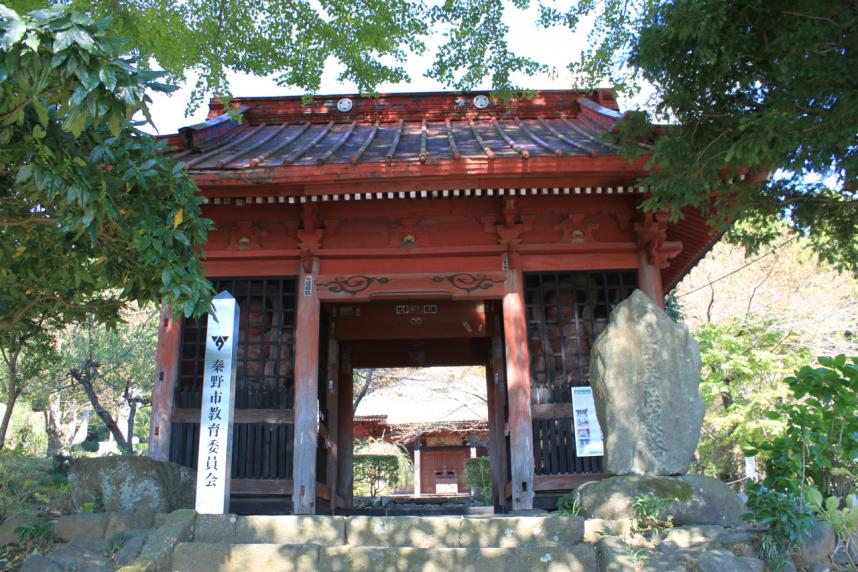
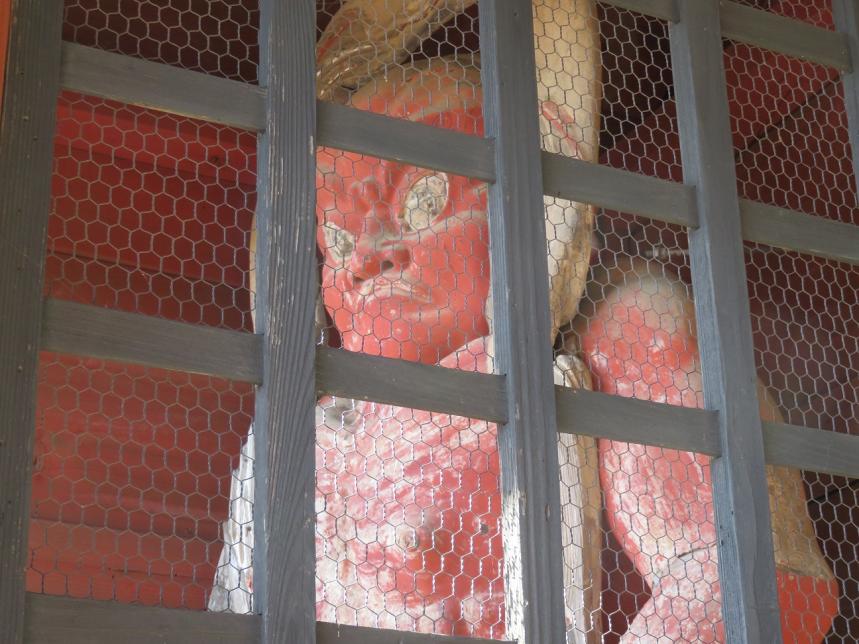 (Nio Gate・Statue of Nio)
(Nio Gate・Statue of Nio)
The Nio Gate faces the street.
It is said to have been constructed in the first half of the 19th century, but the statues are much older, likely made around the 12th century during the latter half of the Heian Period.
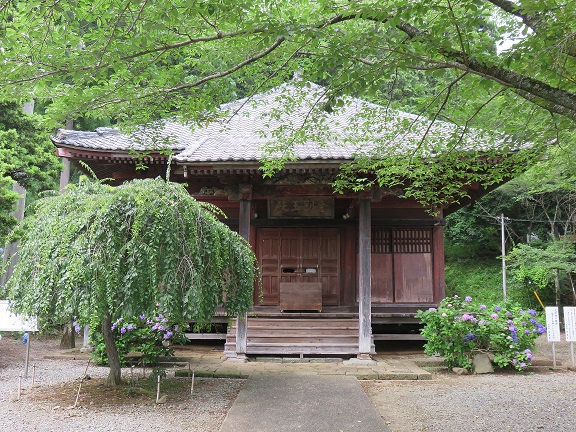 (Dainichido)
(Dainichido)
The Dainichido was built in 1729.
The reddish coloring of the shrine and various colors on the decorations can still be seen.
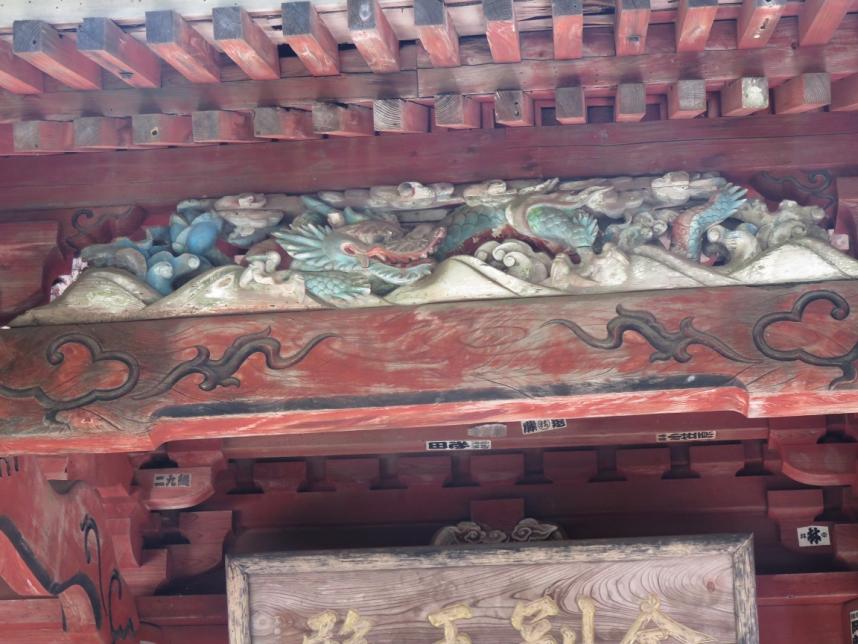
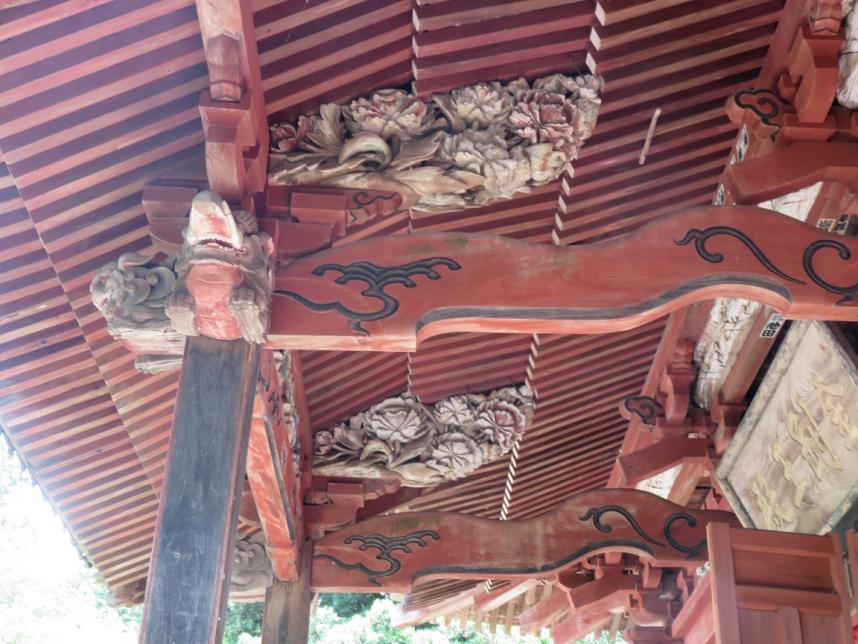 (Miyabori)
(Miyabori)
Under the eaves there are carvings of dragons and peonies.
These carvings at shrines and temples are called miyabori, and they are being studied as works of art made by the engravers.
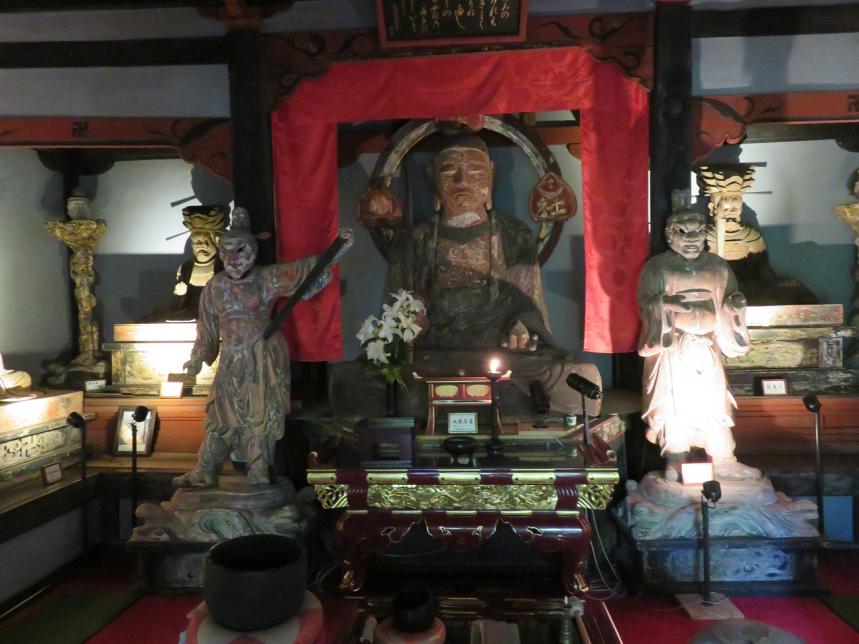 (Statues of 10 kings at Jizodo(Chatoden): Open to the public for limited time only)
(Statues of 10 kings at Jizodo(Chatoden): Open to the public for limited time only)
The precious cultural properties inside the Minoge Dainichido temple are available for viewing on the first Sunday of every month and around Culture Day in November every year.
▼ approx. 20-min. walk ▼
3.Harutake Spring
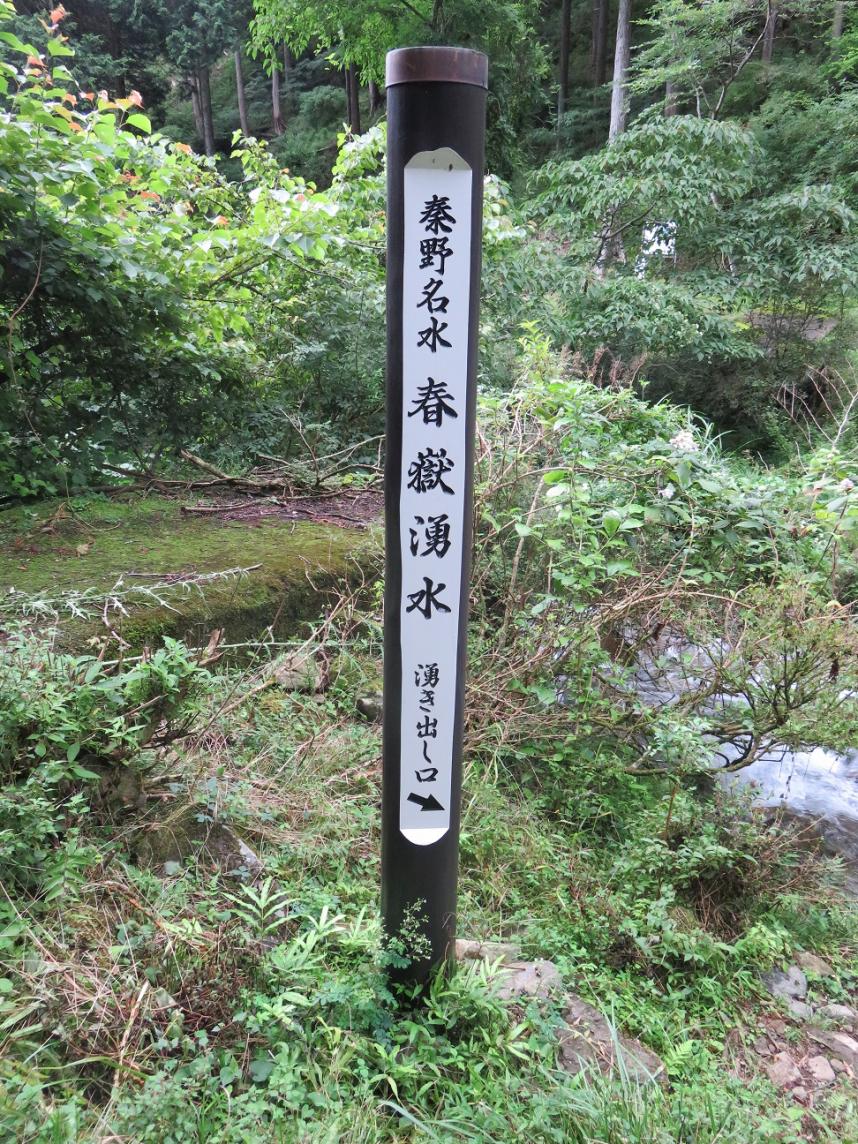
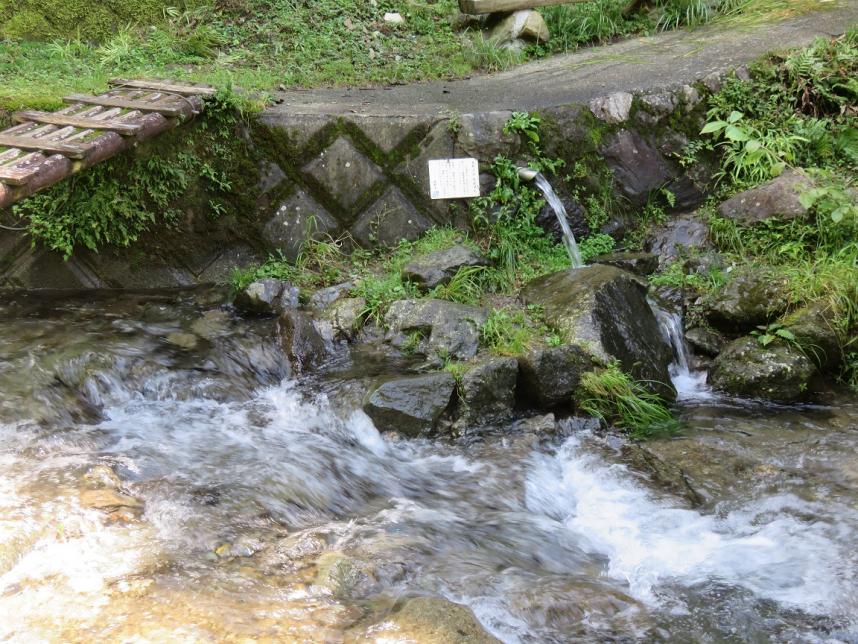 (Harutake Spring)
(Harutake Spring)
Hadano is known as a village of famous springs, and the springs in the Hadano Basin are counted among the top 100 springs in Japan. There are several headsprings in the city. Harutake Spring is one of them and is fed by natural groundwater.
▼ approx. 20-min. walk ▼
4.Higeso Falls
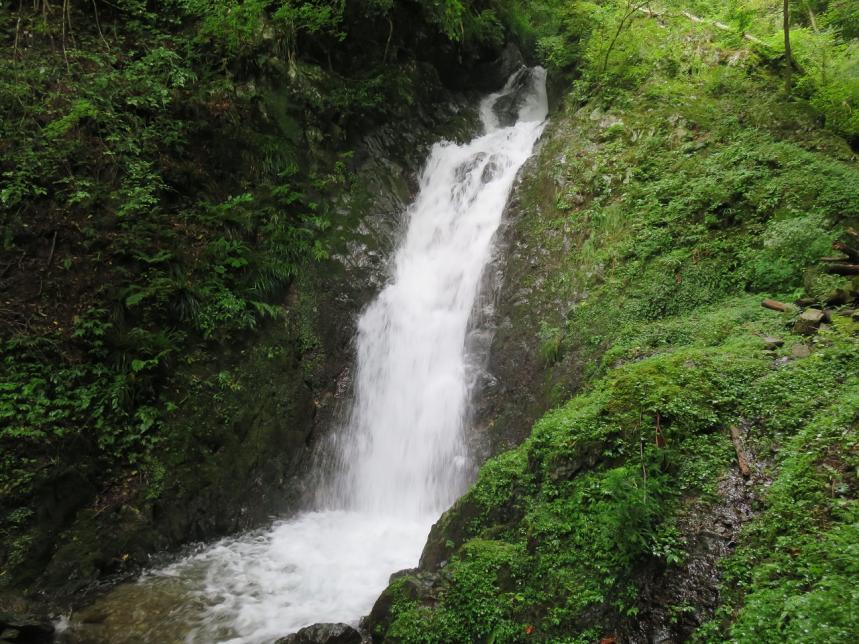
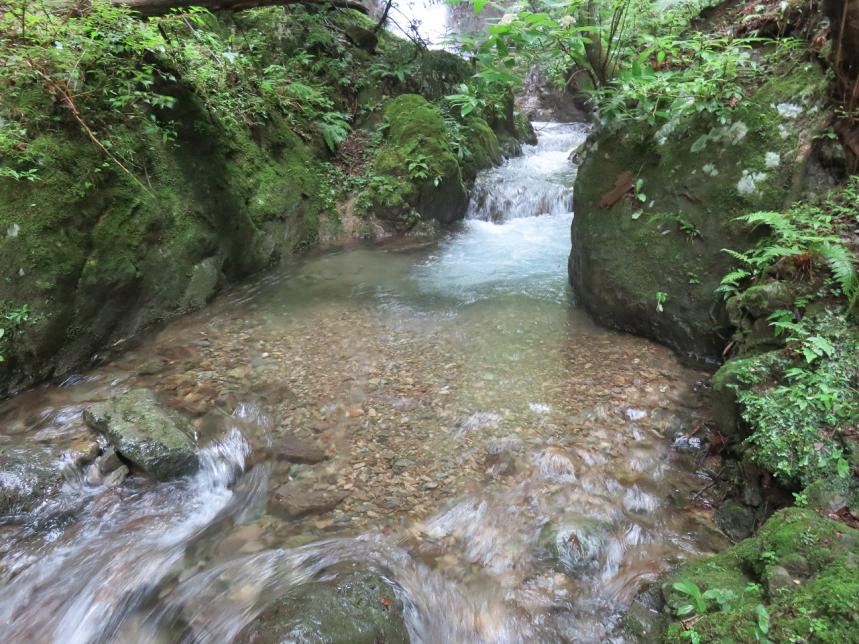 (Higeso Falls)
(Higeso Falls)
Continue walking about 20 minutes from Harutake Spring. (This is a mountain road, so be aware of your surroundings.)
The name “Higeso Falls” comes from a monk with a long beard down to his chest (“hige” means “bearded” and “so” means “monk) who performed ascetic exercises here a long time ago.
The falls run clear and provide water to the Hadano area.
▼ approx. 63-min. walk and bus ride ▼
5.Minamoto no Sanetomo Mishirushizuka
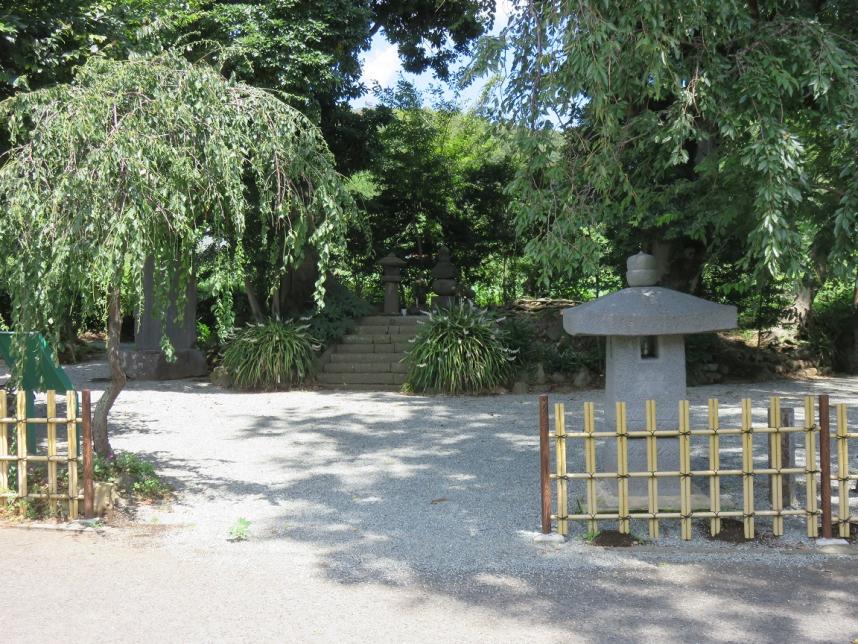 (Minamoto no Sanetomo Mishirushizuka)
(Minamoto no Sanetomo Mishirushizuka)
Minamoto no Sanetomo Mishirushizuka is a historic site where the head of Minamoto no Sanetomo, the third shogun of the Kamakura Bakufu feudal government, is said to be buried.
Minamoto no Sanetomo was killed by his nephew, Kugyo. It is said that his head was brought to Hadano by a retainer of the Miura Clan, who killed Kugyo and carefully buried Sanetomo’s head here.
▼ approx. 1-min. walk ▼
6. Tawara-Furusato Park (Shinonome soba restaurant)
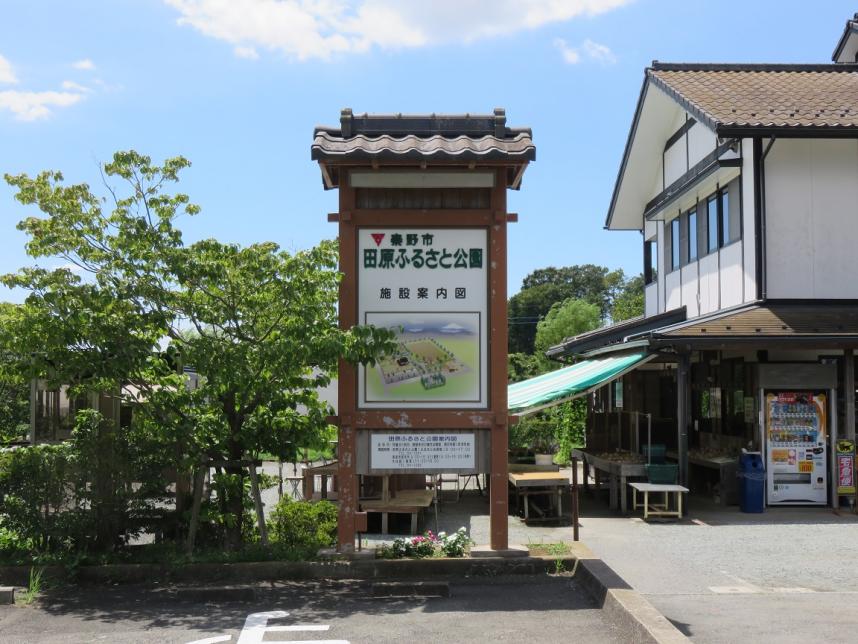
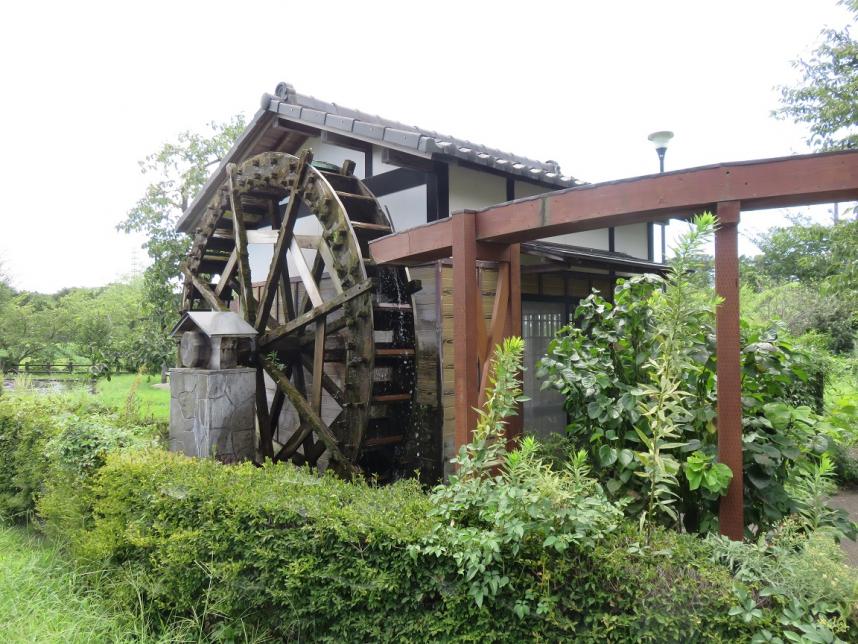 (Tawara-Furusato Park)
(Tawara-Furusato Park)
Tawara-Furusato Park is surrounded by the rich natural beauty of Hadano. The Furusato Museum inside the park has a farmer’s market,Shinonome soba restaurant, soba school, and pickle-making facility.
There is also a water mill for milling buckwheat flour inside the park, where you can enjoy tranquil rural scenery.
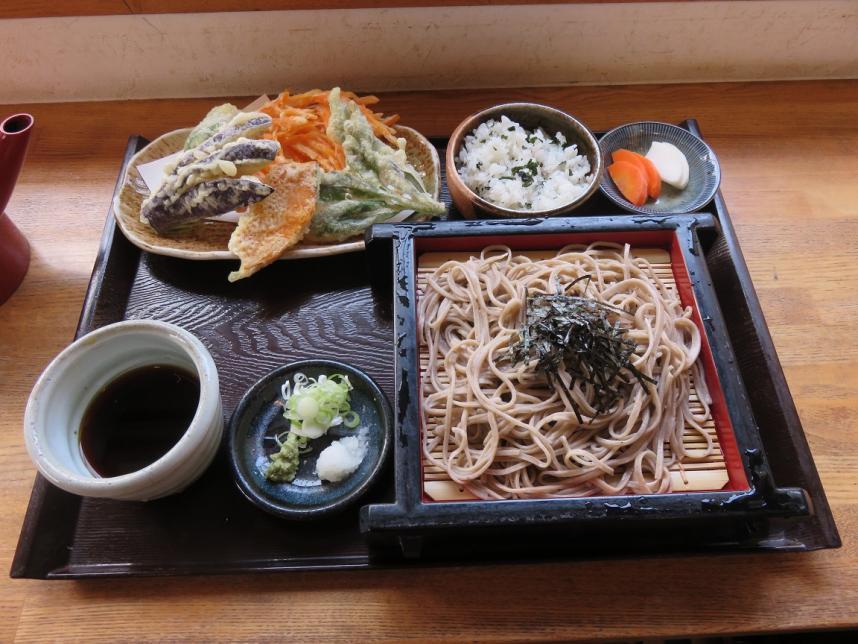 (Tenzaru Meal)
(Tenzaru Meal)
You can try various dishes at the Shinonome soba restaurant, such as the Tenzaru Meal featuring soba made with choice buckwheat flour and water.
The tempura and rice offerings are made with seasonal ingredients and vary depending on the time of year.
▼ approx. 20-min. walk and bus ride ▼
Odakyu Hadano Station
Other information on Hadano City
There are many other things to see in Hadano City besides the sites presented in this model course. Please visit the links below for details.
- 〔Tourist information on the Hadano City website (Please select the language.)〕
- 〔Hadano City Tourism Association (Please select the language.)〕
このページに関するお問い合わせ先
企画調整部 商工観光課
電話 0463-22-9268
このページの所管所属は 湘南地域県政総合センターです。